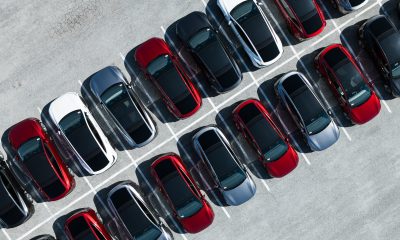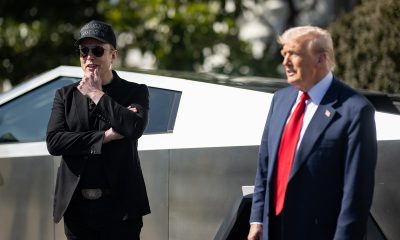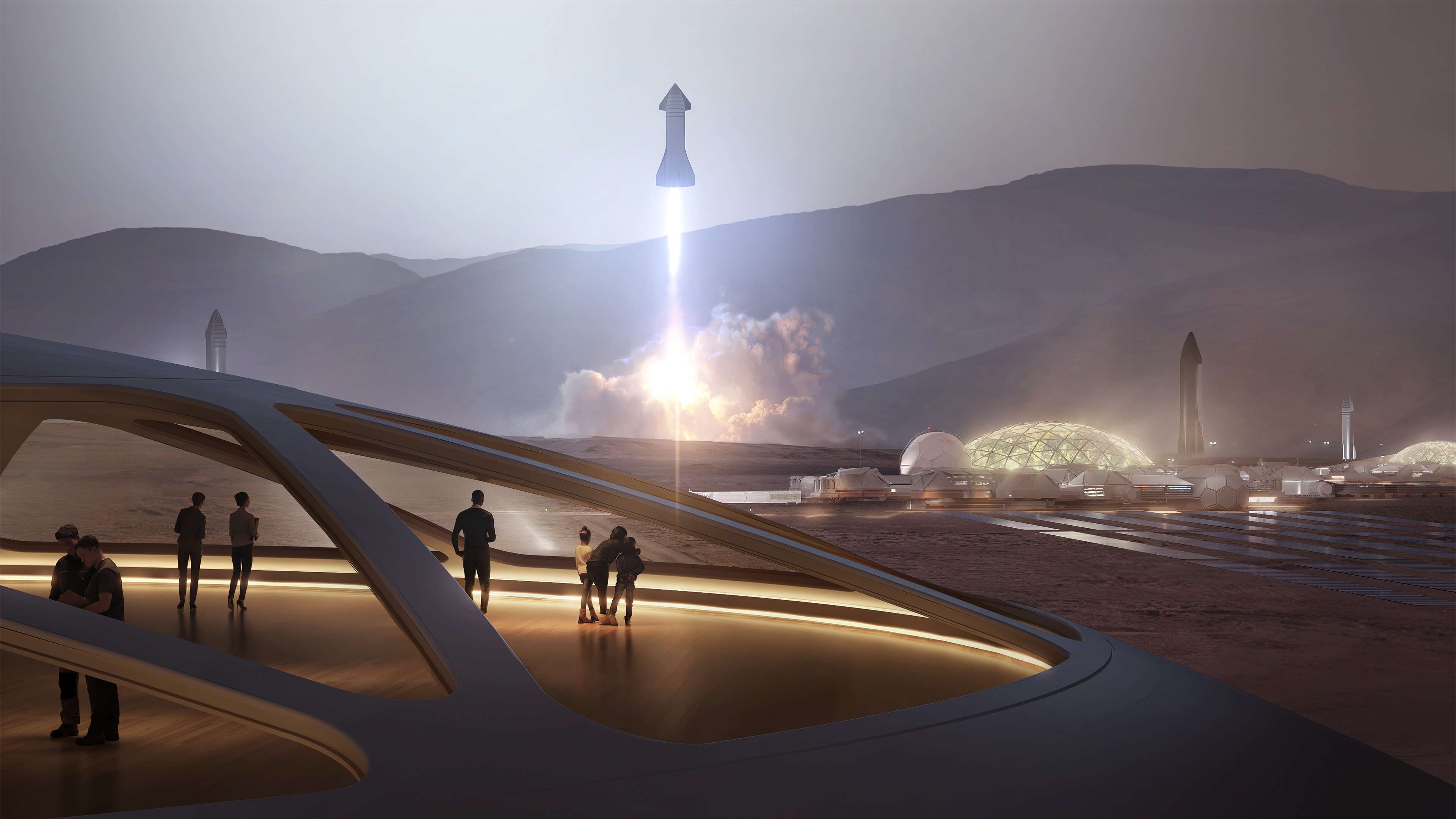

News
Elon Musk on humans in Mars before he dies, urges faster pace of progress
Elon Musk has a major goal: to get humanity to Mars before he dies. A lofty goal that he reiterated before a crowd on Monday at the Satellite 2020 conference in Washington D.C.
“If we don’t improve our pace of progress, I’m definitely going to be dead before we go to Mars,” Musk said to the journalists and industry leaders in attendance.
— Elon Musk (@elonmusk) March 11, 2020
SpaceX, founded by Musk in 2002, nabbed the first of many lucrative deals for the burgeoning rocket company in 2008 when the company was named one of two corporations that would ferry cargo to the International Space Station (ISS). (Orbital Sciences, now Northrop Grumman is the other.)
To date, SpaceX has flown 20 cargo resupply missions to the space station, and very soon will send an upgraded version of the Dragon to ferry astronauts to the orbital outpost as well. But this is just the beginning for Musk and SpaceX.
Musk has his sights set on the moon and Mars. But he’s worried that our current technology isn’t progressing as quickly as it should in order to make Mars happen. That’s evident if you look at the commercial crew program.
In 2011, NASA’s storied fleet of space shuttles retired, and space agencies around the world were forced to rely solely on the Russian Soyuz to transport astronauts to and from space. That agreement would only be temporary as NASA tapped SpaceX and Boeing with the task of building its next-generation astronaut taxis.
Innovation takes time, and after years of delays due to various reasons, SpaceX is on the cusp of launching its first set of astronauts. Bob Behnken and Doug Hurley will board the Crew Dragon spacecraft and fly to the ISS as early as this May. NASA is still trying to iron out the details (like how long they will stay) as SpaceX completes the last two parachute tests prior to launch.

Simultaneously, Musk and SpaceX are working on a massive rocket that will ferry people and cargo to Mars. Called Starship, the heavy-lifter is approximately 400-feet of stainless steel that could transport the first people to the red planet. That is if all goes as planned.
Eagle-eyed onlookers first spotted the towering silver craft in Jan. 2019 at SpaceX’s work site in Boca Chica, TX. That initial prototype was the first step towards reaching Mars and Musk’s goal of building a city on Mars with up to one million people in it, preferably sometime within the next 50 years.
To do so, SpaceX will need a fleet of massive, silvery spaceships. The company is on its third test article, but Musk hopes to ramp up production to one Starship a week by year’s end.
“Unless we improve our rate of innovation dramatically, then there is no chance of a base on the moon or Mars,” Musk said during the conference. “This is my biggest concern.”
Starship will launch atop a Super Heavy launcher. In true SpaceX fashion, both vehicles will be reusable, which lowers the cost significantly. Musk has said that eventually, each Starship mission could cost a mere $2 million.
Starship could launch as early as this year, especially if production rates ramp up the level that Musk hopes. So far, the craft is already booked for one trip around the moon sometime in 2023. That Starship will carry Japanese billionaire Yusaku Maezawa.
Musk also squashed the notion that his Starlink internet service would go public. According to Musk, that endeavor could net his company as much as $30 billion, if it doesn’t go bankrupt. “Guess how many LEO constellations didn’t go bankrupt? Zero,” he said. “We just want to be in the non-bankrupt category.”
So for now, Musk says SpaceX is focused on getting the project off the ground and not spinning it into a publicly-traded company. SpaceX officials have said that the service could roll out later this year in a limited capacity until more satellites come online. To date, the company has launched 300 Starlink satellites, with another batch of 60 set to launch on Saturday (Mar. 14).
News
Tesla UK sales see 14% year-over-year rebound in June: SMMT data
The SMMT stated that Tesla sales grew 14% year-over-year to 7,719 units in June 2025.
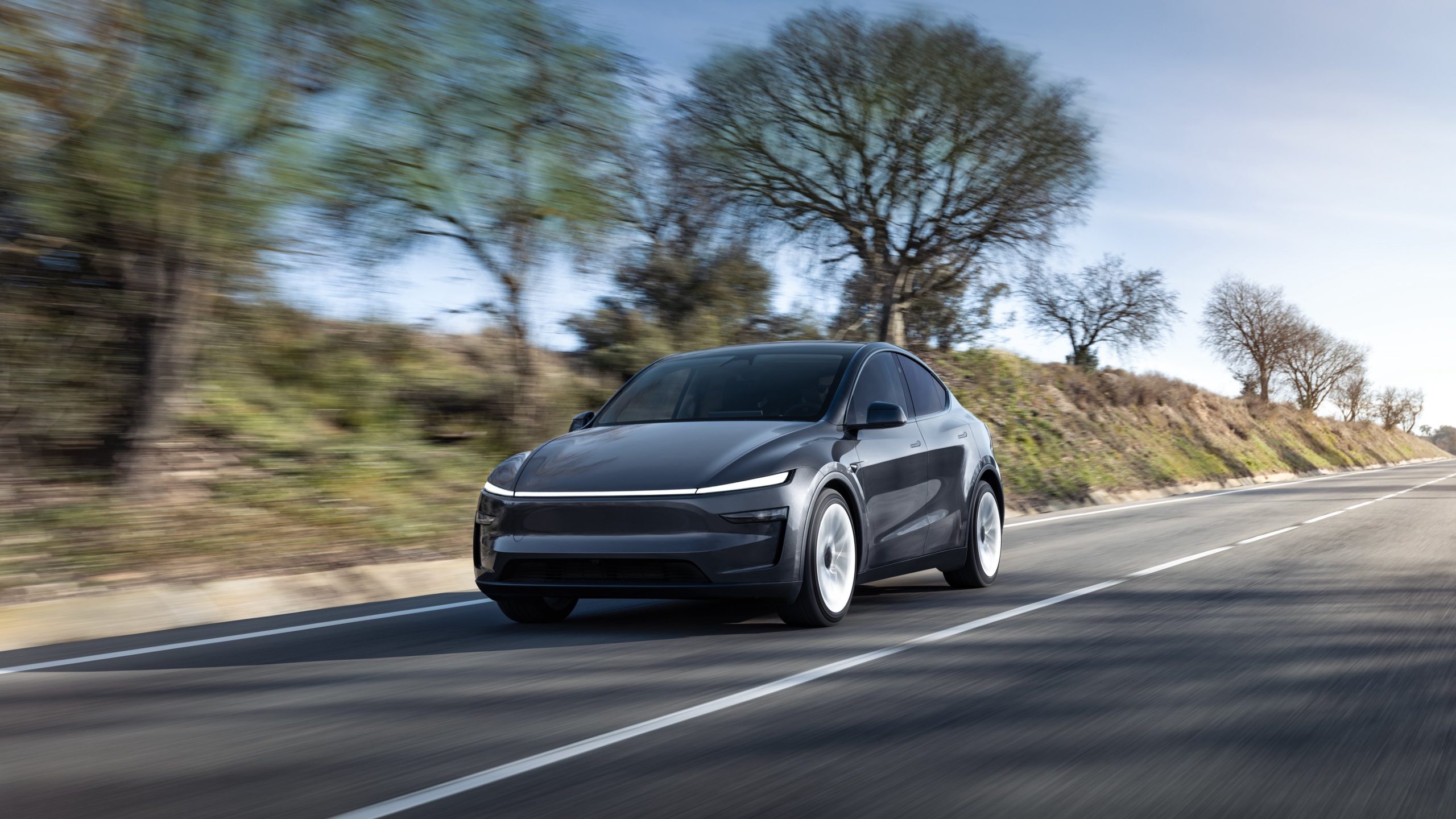
Tesla’s sales in the United Kingdom rose in June, climbing 14% year-over-year to 7,719 units, as per data from the Society of Motor Manufacturers and Traders (SMMT). The spike in the company’s sales coincided with the first deliveries of the updated Model Y last month.
Model Y deliveries support Tesla’s UK recovery
Tesla’s June performance marked one of its strongest months in the UK so far this year, with new Model Y deliveries contributing significantly to the company’s momentum.
While the SMMT listed Tesla with 7,719 deliveries in June, independent data from New AutoMotive suggested that the electric vehicle maker registered 7,891 units during the month instead. However, year-to-date figures for Tesla remain 2% down compared to 2024, as per a report from Reuters.
While Tesla made a strong showing in June, rivals are also growing. Chinese automaker BYD saw UK sales rise nearly fourfold to 2,498 units, while Ford posted the highest EV growth among major automakers, with a more than fourfold increase in the first half of 2025.
Overall, the UK’s battery electric vehicle (BEV) demand surged 39% to to 47,354 units last month, helping push total new car sales in the UK to 191,316 units, up 6.7% from the same period in 2024.
EV adoption accelerates, but concerns linger
June marked the best month for UK car sales since 2019, though the SMMT cautioned that growth in the electric vehicle sector remains heavily dependent on discounting and support programs. Still, one in four new vehicle buyers in June chose a battery electric vehicle.
SMMT Chief Executive Mike Hawes noted that despite strong BEV demand, sales levels are still below regulatory targets. “Further growth in sales, and the sector will rely on increased and improved charging facilities to boost mainstream electric vehicle adoption,” Hawes stated.
Also taking effect this week was a new US-UK trade deal, which lowers tariffs on UK car exports to the United States from 27.5% to 10%. The agreement could benefit UK-based EV producers aiming to expand across the country.
News
Tesla Model 3 ranks as the safest new car in Europe for 2025, per Euro NCAP tests
Despite being on the market longer than many of its rivals, the Tesla Model 3 continues to set the bar for vehicle safety.

The Tesla Model 3 has been named the safest new car on sale in 2025, according to the latest results from the Euro NCAP. Among 20 newly tested vehicles, the Model 3 emerged at the top of the list, scoring an impressive 359 out of 400 possible points across all major safety categories.
Tesla Model 3’s safety systems
Despite being on the market longer than many of its rivals, the Tesla Model 3 continues to set the bar for vehicle safety. Under Euro NCAP’s stricter 2025 testing protocols, the electric sedan earned 90% for adult occupant protection, 93% for child occupant protection, 89% for pedestrian protection, and 87% for its Safety Assist systems.
The updated Model 3 received particular praise for its advanced driver assistance features, including Tesla’s autonomous emergency braking (AEB) system, which performed well across various test scenarios. Its Intelligent Speed Assistance and child presence detection system were cited as noteworthy features as well, as per a WhatCar report.
Other notable safety features include the Model 3’s pedestrian-friendly pop-up hood and robust crash protection for both front and side collisions. Euro NCAP also highlighted the Model 3’s ability to detect vulnerable road users during complex maneuvers, such as turning across oncoming traffic.
Euro NCAP’s Autopilot caution
While the Model 3’s safety scores were impressive across the board, Euro NCAP did raise concerns about driver expectations of Tesla’s Autopilot system. The organization warned that some owners may overestimate the system’s capabilities, potentially leading to misuse or inattention behind the wheel. Even so, the Model 3 remained the highest-scoring vehicle tested under Euro NCAP’s updated criteria this year.
The Euro NCAP’s concerns are also quite interesting because Tesla’s Full Self-Driving (FSD) Supervised, which is arguably the company’s most robust safety suite, is not allowed for public rollout in Europe yet. FSD Supervised would allow the Model 3 to navigate inner city streets with only minimal human supervision.
Other top scorers included the Volkswagen ID.7, Polestar 3, and Geely EX5, but none matched the Model 3’s total score or consistency across categories. A total of 14 out of 20 newly tested cars earned five stars, while several models, including the Kia EV3, MG ZS, and Renault 5, fell short of the top rating.
Elon Musk
Why Tesla’s Q3 could be one of its biggest quarters in history
Tesla could stand to benefit from the removal of the $7,500 EV tax credit at the end of Q3.

Tesla has gotten off to a slow start in 2025, as the first half of the year has not been one to remember from a delivery perspective.
However, Q3 could end up being one of the best the company has had in history, with the United States potentially being a major contributor to what might reverse a slow start to the year.
Earlier today, the United States’ House of Representatives officially passed President Trump’s “Big Beautiful Bill,” after it made its way through the Senate earlier this week. The bill will head to President Trump, as he looks to sign it before his July 4 deadline.
The Bill will effectively bring closure to the $7,500 EV tax credit, which will end on September 30, 2025. This means, over the next three months in the United States, those who are looking to buy an EV will have their last chance to take advantage of the credit. EVs will then be, for most people, $7,500 more expensive, in essence.
The tax credit is available to any single filer who makes under $150,000 per year, $225,000 a year to a head of household, and $300,000 to couples filing jointly.
Ending the tax credit was expected with the Trump administration, as his policies have leaned significantly toward reliance on fossil fuels, ending what he calls an “EV mandate.” He has used this phrase several times in disagreements with Tesla CEO Elon Musk.
Nevertheless, those who have been on the fence about buying a Tesla, or any EV, for that matter, will have some decisions to make in the next three months. While all companies will stand to benefit from this time crunch, Tesla could be the true winner because of its sheer volume.
If things are done correctly, meaning if Tesla can also offer incentives like 0% APR, special pricing on leasing or financing, or other advantages (like free Red, White, and Blue for a short period of time in celebration of Independence Day), it could see some real volume in sales this quarter.
You can now buy a Tesla in Red, White, and Blue for free until July 14 https://t.co/iAwhaRFOH0
— TESLARATI (@Teslarati) July 3, 2025
Tesla is just a shade under 721,000 deliveries for the year, so it’s on pace for roughly 1.4 million for 2025. This would be a decrease from the 1.8 million cars it delivered in each of the last two years. Traditionally, the second half of the year has produced Tesla’s strongest quarters. Its top three quarters in terms of deliveries are Q4 2024 with 495,570 vehicles, Q4 2023 with 484,507 vehicles, and Q3 2024 with 462,890 vehicles.
-

 Elon Musk4 days ago
Elon Musk4 days agoTesla investors will be shocked by Jim Cramer’s latest assessment
-

 News1 week ago
News1 week agoTesla Robotaxi’s biggest challenge seems to be this one thing
-

 Elon Musk2 weeks ago
Elon Musk2 weeks agoFirst Look at Tesla’s Robotaxi App: features, design, and more
-

 News2 weeks ago
News2 weeks agoSpaceX and Elon Musk share insights on Starship Ship 36’s RUD
-

 News2 weeks ago
News2 weeks agoWatch Tesla’s first driverless public Robotaxi rides in Texas
-

 News1 week ago
News1 week agoWatch the first true Tesla Robotaxi intervention by safety monitor
-

 News2 weeks ago
News2 weeks agoTesla has started rolling out initial round of Robotaxi invites
-
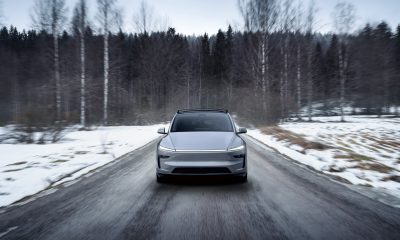
 Elon Musk2 weeks ago
Elon Musk2 weeks agoTesla to launch in India in July with vehicles already arriving: report






